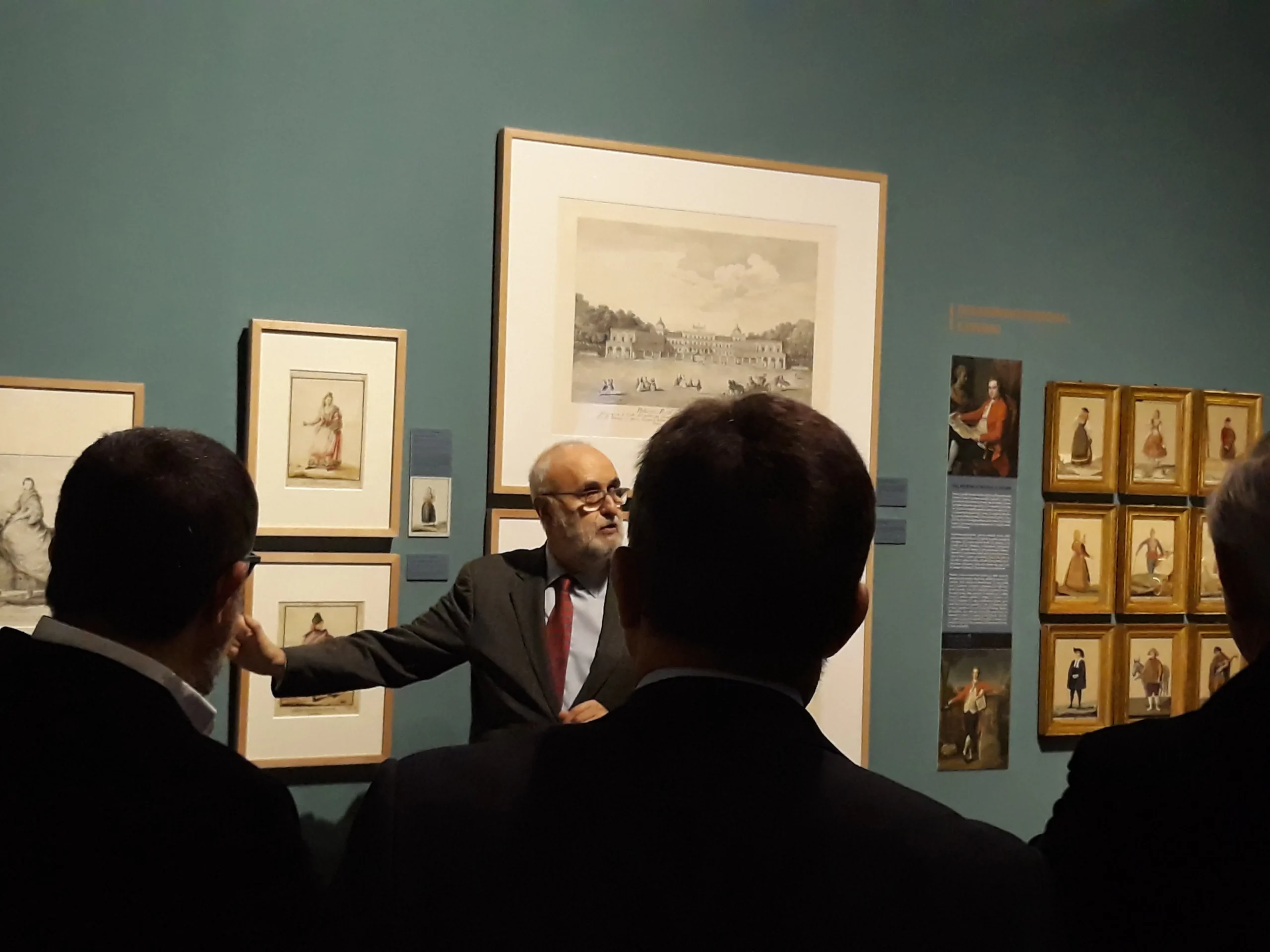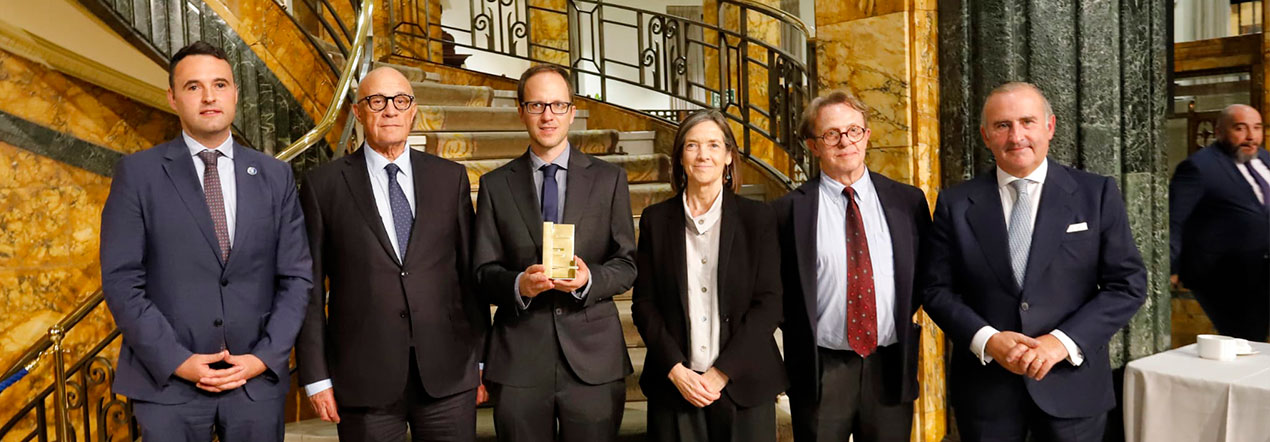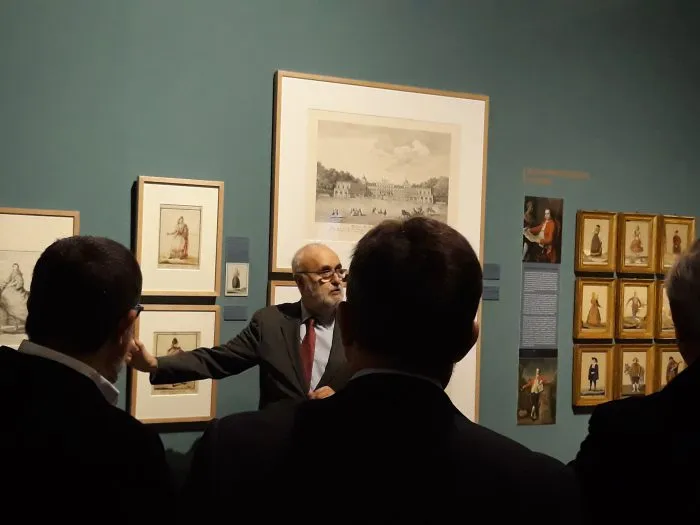
Until April 28th, the Palacio del Almudí and Sala Verónicas in Murcia will be holding the exhibition ‘Floridablanca, la sombra del rey’ (Floridablanca, in the king’s shadow) which recreates the imaginarium portrayed in the works from the time of Floridablanca. The exhibition will display close to 300 works of art, including paintings by Goya, Mengs, Batoni, Tiépolo, Maella and Bayeu. The number of art pieces alone makes this one of the largest exhibitions in recent years dedicated to Charles III and eighteenth century Spain.
What does holding an exhibition such as this mean for Murcia? This is not the first time I have had the chance to set up first-class exhibitions in Murcia. Years ago I was able to bring together four copies of the Cantigas de Alfonso X (poems with musical notation from the reign of Alfonso X), as well as many beautiful works of art taken from his office and exceptional displays of miniatures. Never before has any museum anywhere in the world managed to collect a range of artwork like this. What we now want to do is to put Murcia at the top of the major exhibitions over the past few years dedicated to Charles III and his reign. I think this will be possible given the quality of the works of art, the incredibly interesting documents on display and the excellent digital resources used. These include the virtual view of the Salón Carlos III at the Aduana palace in Barcelona, the reconstruction of the decoration of the antechamber of Floridablanca’s office, with an interesting iconographic timeline of the Spanish/English war, and also the recreation of the oath of office of the Prince of Asturias.
What can those who haven’t yet been to visit expect to see at the exhibition? In addition to what I have already mentioned, they will get to see a recreation of society and the political activity of the Secretary of State, who governed with practically absolute power. They will get a glimpse of everything from espionage to the production of silk, from major planning projects to organising the road network, as well as foreign policy at one of the last times that Spain was a major protagonist on the international stage.
What will we learn about the Count of Floridablanca that may surprise us after seeing the exhibition? Visitors will get to learn about the activities of the Count of Floridablanca, who in many cases was the true mastermind and creator of several major projects which are generally attributed to Charles III.
As a curator, what would you like to hear from someone who has just visited the exhibition? Floridablanca was a complex character, he was both brilliant and obscure, so I would like to hear which of the works of art on display have opened people’s eyes to help them better understand this historical character and what he did. We want the works of art to speak for themselves, we want everyone who sees them to make up their own minds about the character. We have tried not to encourage any particular type of view.
What has been the hardest thing for you as the curator of this exhibition? I think the easiest thing has been to create the project. The hardest thing has been convincing institutions to lend us the works of art that we need, and to secure enough funding to allow us to tell the story of the works on display.
What do you think of the fact that institutions such as Región de Murcia, Ayuntamiento de Murcia, Acción Cultural Española and the Banco Sabadell Foundation have joined forces to support and help turn this exhibition into a reality? This support is a key factor, as cultural institutions cannot make much progress without it. Also, knowing what support and means you have in the beginning makes everything much easier. When we see an exhibition, we need to bear in mind all of the aspects that I have spoken about during this interview in order to truly appreciate it. Unfortunately for culture, we increasingly see institutions that buy full exhibition packages, which are simply a collection of what major museums have hidden away in the darkest depths of their basements, and they display these works of art all over the world under the name of the institution and attract a lot of media attention. Sometimes all these extras cost more than the material actually on display.



